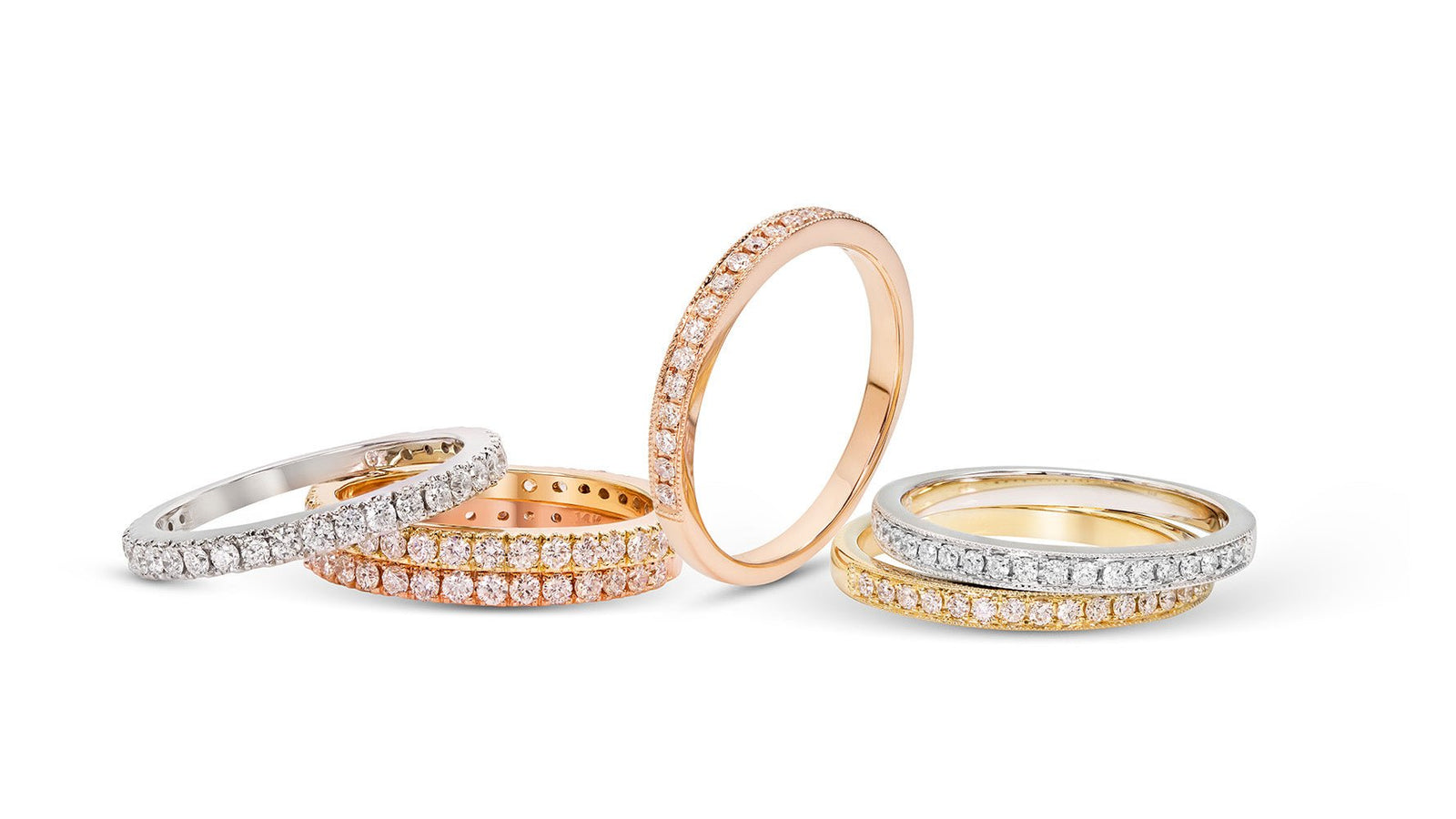The Asscher cut diamond first came into prominence in the early 20th century. Crafted by the Asscher Brothers of Holland in 1902, it quickly gained fame for its distinctiveness. This cut was a hallmark of the Art Deco period, embodying the era's love for clean lines and geometric shapes. The original Asscher cut was revolutionary, featuring a square shape with deeply trimmed corners, giving it an almost octagonal appearance. It was this unique combination of sharp angles and clear lines that set it apart from other diamond cuts of the time.
Key features of an Asscher cut diamond include:
Shape and Faceting: The Asscher cut diamond is often mistaken for a square emerald cut, but it has its own unique appeal. It typically features a square shape with deeply cut corners, giving it a distinctive, almost octagonal look. The most striking aspect of the Asscher cut is its faceting pattern. It usually has 58 large step facets, which contribute to its hallmark look – a mesmerising “hall of mirrors” effect.
The Depth: Asscher cut diamonds are known for their depth. The cut is generally deeper than most, which allows for a spectacular play of light. This depth not only enhances the diamond's brilliance but also lends it a certain gravitas and presence.
The Crown and Pavilion: The crown (top part) of an Asscher cut diamond is typically higher, and the pavilion (bottom part) is deeper compared to other square or rectangular cuts. This unique structure contributes to its distinctive profile and the way it reflects light.
Clarity and Colour: Due to its large open facets, the Asscher cut does not hide inclusions or lower colour grades as well as other cuts. As a result, choosing a higher clarity and colour grade is often recommended to truly appreciate the beauty of an Asscher cut diamond.
The Windmills: One of the hallmark features of an Asscher cut diamond is the presence of what is known as “windmills” - X-shaped patterns that extend from the corners to the central square facet. These windmills contribute to its unique look and are a key aspect of its charm.

Choosing the Right Asscher Cut Diamond
When selecting an Asscher cut diamond, consider the following factors:
-
Cut Quality: While "cut" in the 4Cs refers to the quality of a diamond's proportions and symmetry, in the case of Asscher cuts, it's also about the style. Look for good symmetry and proportion to ensure the diamond has the desired brilliance and character.
-
Colour: Asscher cuts, with their large open facets, can highlight the colour in a diamond. Therefore, it's often recommended to choose a higher colour grade, usually within the G-H range or higher, to ensure the diamond appears white and bright.
-
Clarity: Similar to colour, the open facets of an Asscher cut can also make inclusions more visible. Opting for a diamond with a higher clarity grade; VS2 or higher is often recommended.
-
Carat Weight: The carat weight will affect the diamond's size. However, due to its deep cut, an Asscher cut diamond might appear smaller than another diamond of the same weight but a different cut. Balance the carat weight with your preference and budget.
Asscher Cut Guide

Asscher Cut Ratio

*This image is indicative and for illustrative purposes.
If you would like any advice or guidance, contact us and we can guide you through the selection process and help you find the perfect Asscher cut diamond.




